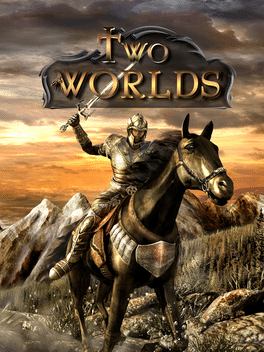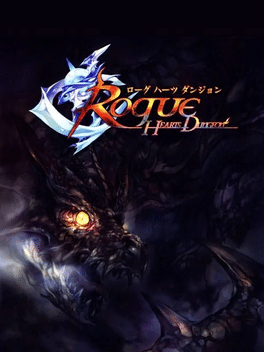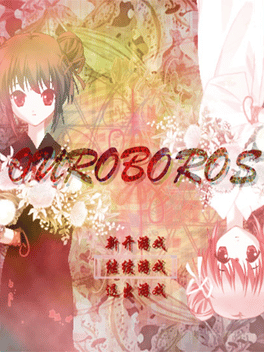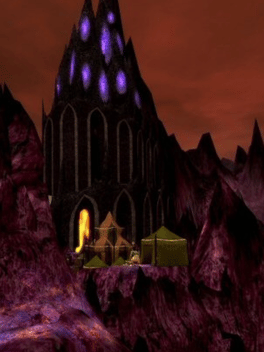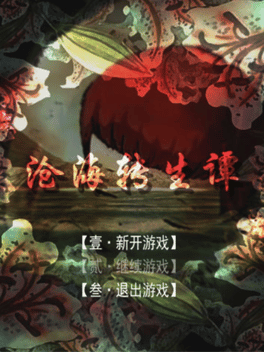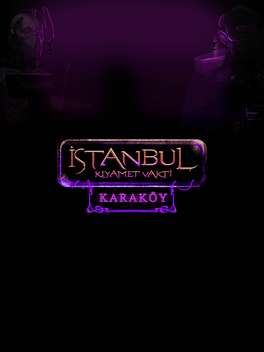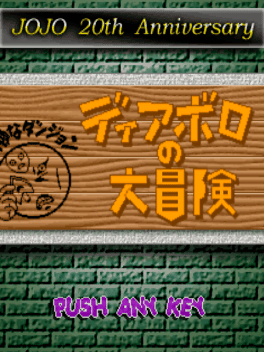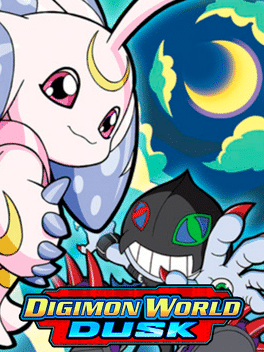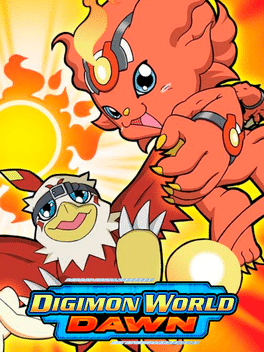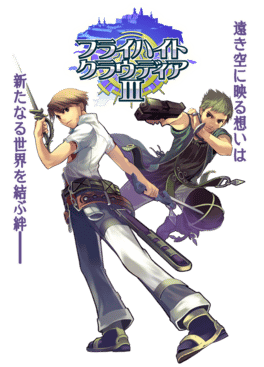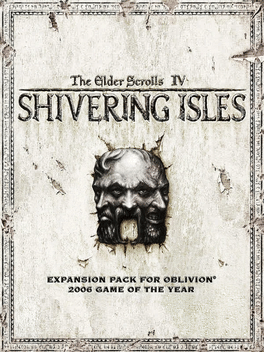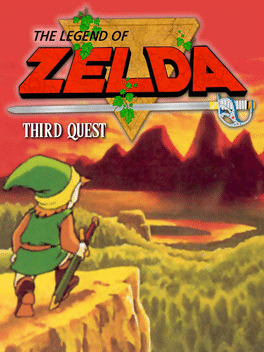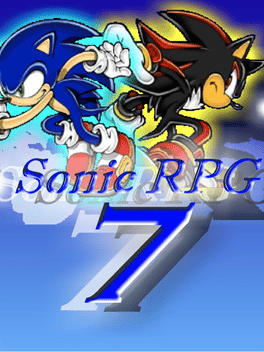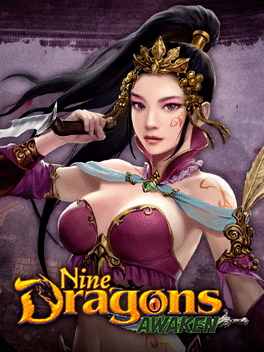New Role Playing Rpg Games - Page 200
-
Two Worlds
2007
Two Worlds
2007
star 6.4This is a fantasy RPG. At the beginning of your epic adventure, a mercenary task takes you to the far north - but you're also following up a mysterious lead at the same time - the first clue you've been given since Kyra's disappearance. You get a shock during a meeting with the delegates of a dark Brotherhood - your sister's kidnappers are indeed after your family's relict. Whether there's any truth in your family being chosen ones or not, the others obviously believe it - and if you ever want to see Kyra alive again, you'll have to act swiftly... -
Shin Megami Tensei: Tokyo Requiem
2007
Shin Megami Tensei: Tokyo Requiem is an RPG developed by Atlus and Bbmf for mobile phones. -
Rogue Hearts Dungeon
2007
Rogue Hearts Dungeon
2007
Rogue Hearts Dungeon is a Role-Playing game, developed and published by Compile Heart, which was released in Japan in 2007. It is a Japanese reimagining of the genre defining computer RPG Rogue. -
Ouroboros
2007
Ouroboros
2007
Ouroboros delves into themes of religious theology, history, archaeology, folklore, psychology, and mysticism, exploring the relationship between humanity’s inner spiritual power and the external world of lived experience. It features multi-layered map systems and unique combat mechanics to evoke a style blending reality and illusion, while aiming to express the philosophical theme of "humanity’s quest to explore inner spiritual visions. -
Dungeons & Dragons Online: Ruins of Gianthold
2007
The Stormreaver has returned to the seat of his empire's power, and Xen'drik's most powerful creatures rally to his call. Can you unravel the mystery and quell this gathering storm before the Stormreaver and his minions fulfill the Prophecy? Gianthold is one of the largest & most popular premium quest collections in Dungeons & Dragons Online. It contains a big adventure area, 10 dungeons, and 2 raids. -
Shin Megami Tensei: Imagine
2007
star 7Shin Megami Tensei: Imagine, formerly known as Megami Tensei Online: Imagine, was a massively multiplayer online role-playing game for Microsoft Windows personal computers. It is part of the Megami Tensei series, and was developed by CAVE under license from the series creator Atlus. -
İstanbul Kıyamet Vakti
2007
İstanbul: Kıyamet Vakti is a 3D MMORPG developed by Sobee Studios. It's the first MMORPG developed in Turkey. -
Diver Down
2007
-
Diavolo no Daibouken
2007
Diavolo no Daibouken
2007
Diavolo no Daibouken is a free Japanese fangame based off the manga JoJo's Bizarre Adventure. It is a simplistic graphical roguelike that stars Diavolo, the main villain of part 5 of the manga. -
Shakugan no Shana DS
2007
Shakugan no Shana DS
2007
Shakugan no Shana DS is the Nintendo DS port of the Playstation 2 game. It was released on March 29, 2007. The Nintendo DS version adds onto the PS2 version with the addition of an image gallery that allows the player to see what Shana and Kazumi Yoshida look like in different clothes and a battle mode that lets the player fight against the computer with a character other than Shana. -
Digimon World Dusk
2007
Digimon World Dusk
2007
star 7.8Digimon World Dusk, originally released as Digimon Story Moonlight in Japan, is a Digimon video game for the Nintendo DS handheld game console. It was released in Japan on March 29, 2007 and North America on September 18, 2007. It serves as the second game in the Digimon Story series, though it was marketed as a game within the Digimon World series in North America. -
Digimon World Dawn
2007
Digimon World Dawn
2007
star 7.3Digimon World Dawn, originally released as Digimon Story Sunburst in Japan, is a Digimon video game for the Nintendo DS handheld game console. It was released in Japan on March 29, 2007 and North America on September 18, 2007. It serves as the second game in the Digimon Story series, though it was marketed as a game within the Digimon World series in North America. -
Flyhight Cloudia III
2007
Flyhight Cloudia III
2007
All the mysteries will be solved here and now. "Cloudia" is a world in the sky dotted with floating islands in the sky. The peace seemed to have been protected, but the sky was cut apart again by the light of Arneus. The final part of the "Flyhight" series trilogy with all the volume up of scenarios, production, and hidden elements. The familiar multi-weight battle, line, special skills, attributes, etc. inherit the "2" battle system, while the battle party replacement system is greatly enhanced! You can freely choose 5 people to participate in the battle from up to 10 party members. Domora & Leila's couple's party and party with only magical characters can also be realized. Let's go on an adventure at your own party while combining the character's unique special skills well! -
The Elder Scrolls IV: Shivering Isles
2007
star 8.2In the Shivering Isles expansion, see a world created in Sheogorath's own image, one divided between Mania and Dementia and unlike anything you've experienced in Oblivion. -
The Legend of Zelda: Third Quest
2007
The Legend of Zelda: Third Quest is a ROM hack/mod of BS Zelda no Densetsu by Con, with additional code by other ROM hackers of the BS Zelda scene. The mod intend to make BS Zelda no Densetsu closer to a traditional Zelda experience, with the ability to play as Link or Zelda and changes to the engine of the original game which was heavily based on a time-limited gameplay, making it directly related to story progression. -
Alter A.I.L.A. Genesis
2007
Alter A.I.L.A. Genesis takes place in a post-apocalyptic world. You play the role of a young man known as Leon, who seeks to survive in the harsh environment he is brought into. Exploration is done mainly via a side-scrolling view. In certain areas, an exclamation mark will sometimes appear, indicating the presence of hostiles. Press Z when this happens to initiate battle, or wait to let it pass. Sometimes battle will be unavoidable. When walking, enemy encounters won't occur. The battle system revolves mainly around each character's Abilities, which are a set of commands specific to that character. Abilities require AP and EX to use. AP is gained every time a character takes a turn. -
Sonic RPG: Episode 7
2007
Sonic RPG: Episode 7
2007
A multi-level RPG-style fighting game. It is really hard, but is very rewarding if you beat the opponent in each level - the game contains a movie that runs between the levels. Passwords are issued for each level so that you can skip them the next time you play if you wish. -
9Dragons
2007
9Dragons
2007
star 59Dragons is a free to play MMORPG with fluid martial arts combat, lush environments, and intense PvP. Immerse yourself in a mesmerizing world set in ancient China at the beginning of martial arts chivalry. -
EverQuest: The Buried Sea
2007
The Buried Sea is the thirteenth expansion for the popular MMORPG franchise, EverQuest.
